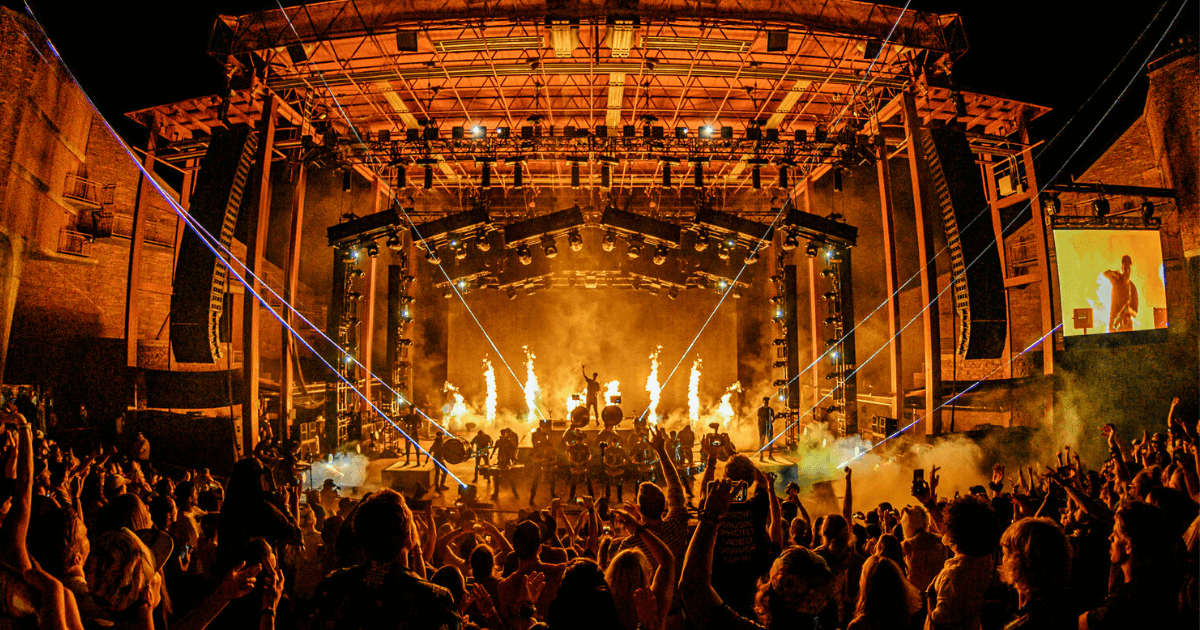Licensed Music Merch Looks to Strike a Chord as Tours Resume

With the music industry gearing up for summer music tours, concert promoters are reporting strong ticket sales. But will the same ring true for licensed merchandise?\
For the most part, the answer is expected to be yes. Concert promoter Live Nation, which operates 320 venues, said it sold 45 million tickets globally through February—an increase compared to 35 million tickets sold in all of 2021 and up 45% from the same period in 2019. Eight artists, including Bad Bunny, Dua Lipa, and Billie Eilish, have already sold more than 500,000 tickets each, Live Nation CEO Michael Rapino said.
About 70-80% of the world’s concert venues were open as of late February, with Cold Play kicking off a tour in Costa Rica on March 18, Rapino said. Venues in the Asia Pacific region, however, are “a little delayed,” in reopening, he said.
Universal Music Group (UMG) reported merchandise sales increased 42% in the fourth quarter ended December 31, 2021 and 27% for the year, largely due to “partial recovery” of the touring schedule, said UMG CFO Boyd Muir. At the same time, gross margins on tour merchandise sold at venues (8-10%) are lower than either retail (15-18%) or direct-to-consumer (25%), the latter being a business UMG will expand this year, Muir said. UMG’s merchandise gross margin for the full year was 4% due to higher artist costs, he said.
“It remains strategically important for us to be in this [merchandise] business as it connects artists and their fans,” Muir said.
That connectivity is likely to expand this year beyond the typical concert t-shirts, hoodies, beanies, and stickers, especially in genres like hip-hop and electronic dance music, industry executives said. This increasingly includes products like journals, enamel pins, and drinkware that are more durable, affordable, and likely to get more use than a t-shirt. Niche products like lighters, bucket hats, custom jerseys, and cannabis-related products like lighters and rolling papers are also strong sellers at concerts, said Jeremy Picker, CEO at apparel designer AMB3R. Designers are increasingly working with bands and artists to develop a line of products rather than just one or two items.
“I’m seeing artists in these genres [hip hop and EDM] be more in touch with their audience, giving a better sense of community and connection between the two parties,” Picker said. “Not everyone wants to spend $30-$50 on an item.”
While ecommerce has long been part of major acts’ merchandise repertoire, smaller bands and musicians adopted it during the pandemic to offset the loss of in-venue revenue. That’s a trend that’s likely to continue well past the end of the pandemic, especially since some venues in Europe have started charging a 25% commission on merchandise sales. In response, some artists have halted sales of merchandise at concerts and shifted online. Additionally, apps like Sidestep let concertgoers buy merchandise before a show and pick it up at a designated site at the venue. Concertgoers are also placing merchandise orders at in-venue kiosks and having product shipped to their homes.
“We’re certainly seeing them [consumers] buy [tickets] earlier,” Live Nation CFO Joseph Berchtold said. “We’re seeing these numbers benefit from the pent-up supply and the pent-up demand that exists out in the marketplace.”




